When working with natural stone, all the rules you know about porcelain tile can be immediately discarded. It’s imperative to know the stone, know the finish, know about the stain, and know what you are getting into. What works for porcelain tile does not necessarily apply when working with products created 100% by Mother Nature.
The Natural Stone Institute states that natural stone can be classified into two general categories according to its composition: siliceous stone or calcareous stone.
Understanding the key differences between these can help avoid costly damage to the product and to your reputation as a knowledgeable contractor!
Types of stones
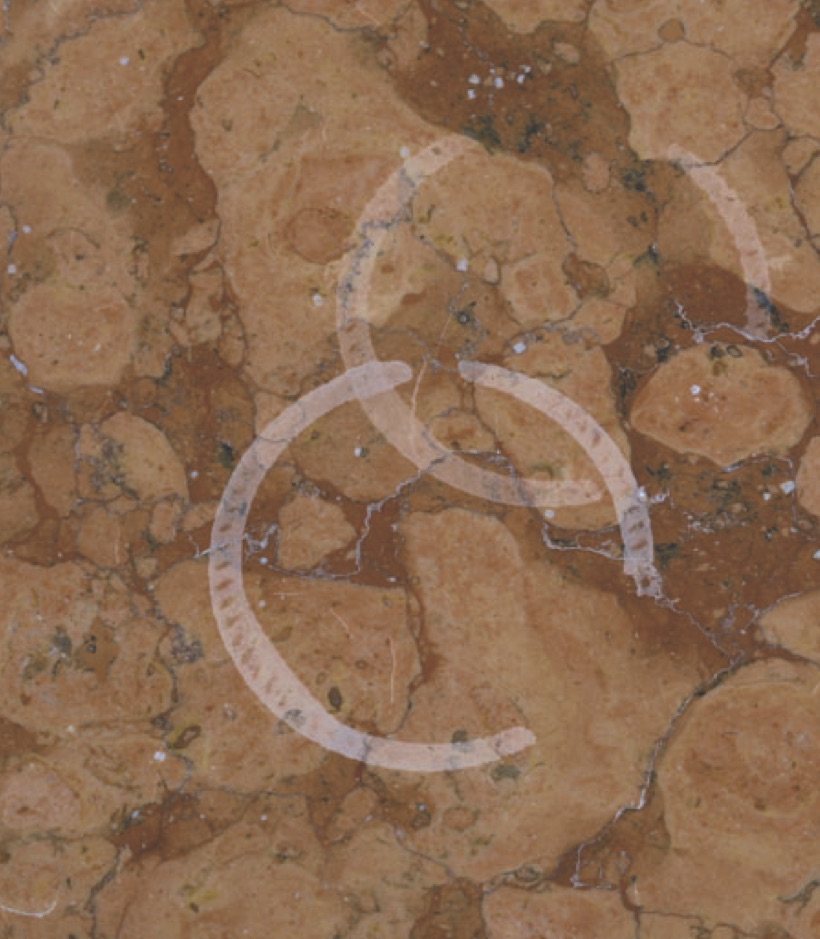

Calcareous stone is composed mainly of calcium carbonate. These stones include marble, travertine, limestone and onyx and can be classified as acid-sensitive. They are sensitive to acidic substances such as coffee, lemon juice, vinegar, and bleach, all of which can very often leave a natural stone surface etched.
Common sense dictates that by using acidic cleaning products, acid-sensitive stones could very well become damaged. Therefore, these stones should ONLY be cleaned with a neutral cleaner! Before applying any product, always test it on a section of stone not being used, or an area that will not be in plain sight.
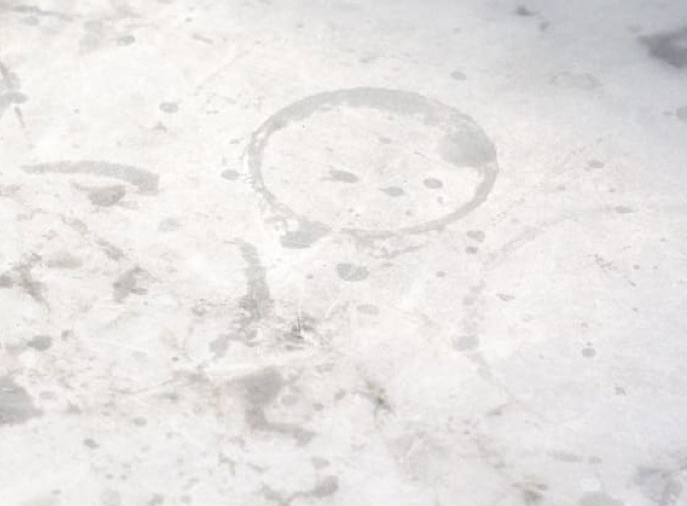

Non-calcareous (siliceous) stone is composed mainly of silica or quartz-like particles. Types of non-calcareous stones include granite, slate, sandstone and quartzite. For the most part, these stones tend to be very durable and most are acid-resistant. Be advised, some of the more exotic stones have veins of calcium calcite, which can make them acid-sensitive. Whereas acid-resistant stones can generally be cleaned like porcelain tiles, I recommend to always test first via the small aforementioned exercise.
Now that you know your stone, let’s discuss the surface finish of acid-sensitive stones.
- Honed finishes on acid-sensitive stones can withstand alkaline cleaners.
- Polished acid-sensitive finishes can be dulled by strong
alkalines; again neutral cleaners are the best option. - Testing is ALWAYS your best option.
Removing stains without harming the stone
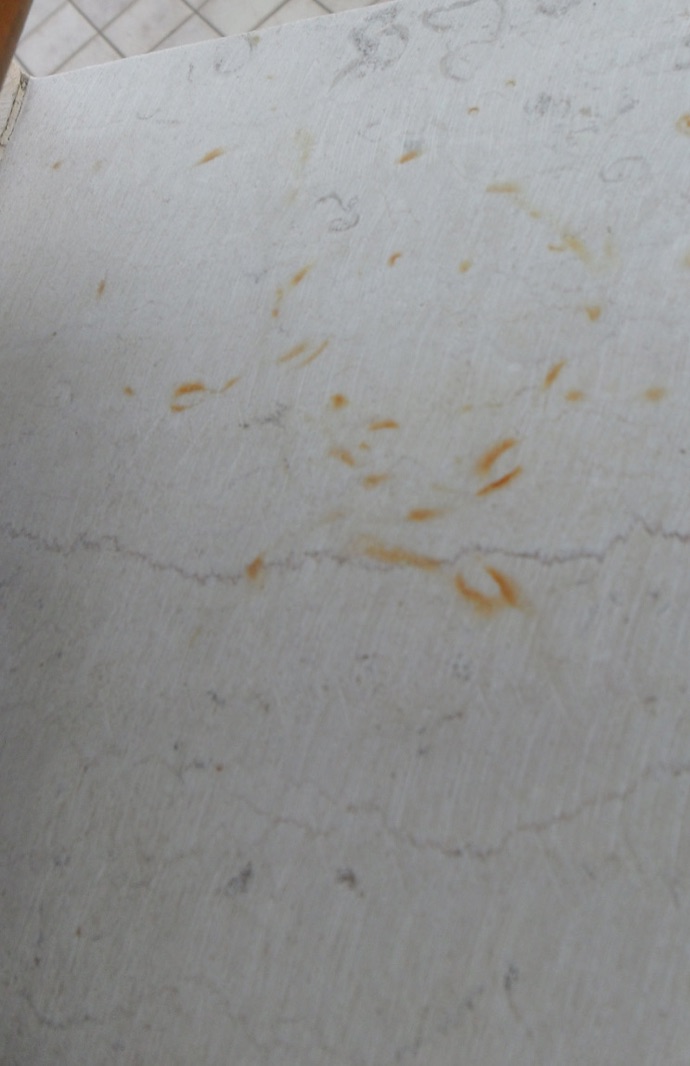

Let’s review a few types of stains. Identifying the type of stain on the surface is the key to ultimately removing it without harming the stone. Refer to the manufacturer labels when choosing the right cleaner for your stone and the stain.
Organic stains: These are caused by organic products such as fruit, tea, dirt, leaves, wine, cooking oil, and even animal droppings. Other stains can occur due to the growth of fungi, algae, mildew and other microorganisms. Generally speaking, these types of stains appear on outdoor pavers or inside a bathroom/shower stall and other wet areas.
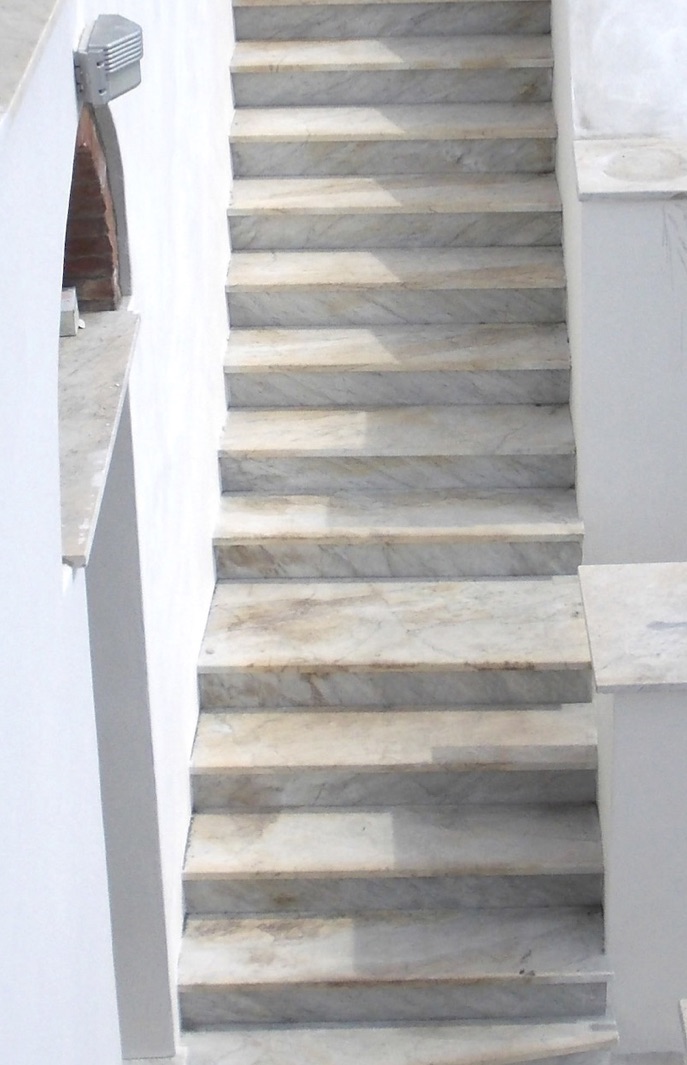

Inorganic stains: Paint, cementitious grouts, cements, rust, soap scum and other non-organic sources can cause serious staining to natural stone features, especially if not cleaned up quickly.
Preventing and removing grout haze
Last, let’s discuss grout haze on natural stone. One of the top, vexing problems is cementitious grout haze on acid-sensitive stones.
How do we prevent grout haze on acid-sensitive stones? The only way is to always seal the stone, BEFORE grouting. This is a vital, cardinal rule – always seal an acid-sensitive stone before grouting. The use of a normal sealer will suffice.
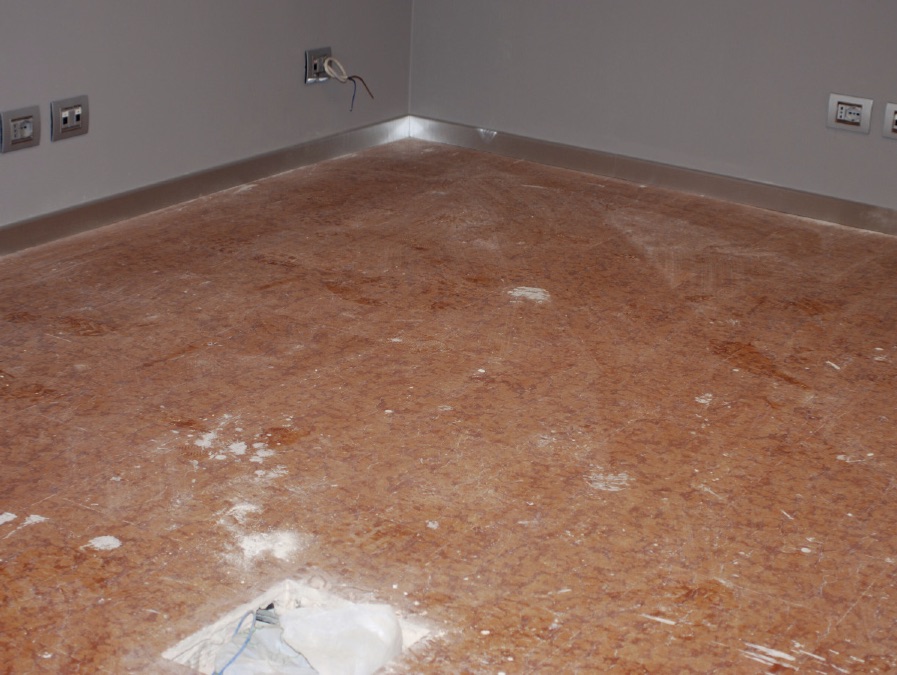

What do you do if grout haze does appear on an acid-sensitive stone? Here, we need to work with a neutral cleaner and the mechanical action of scrubbing. Scrubbing is important. If the stone has a natural finish or is honed, you can use an alkaline cleaner to remove an epoxy residue.
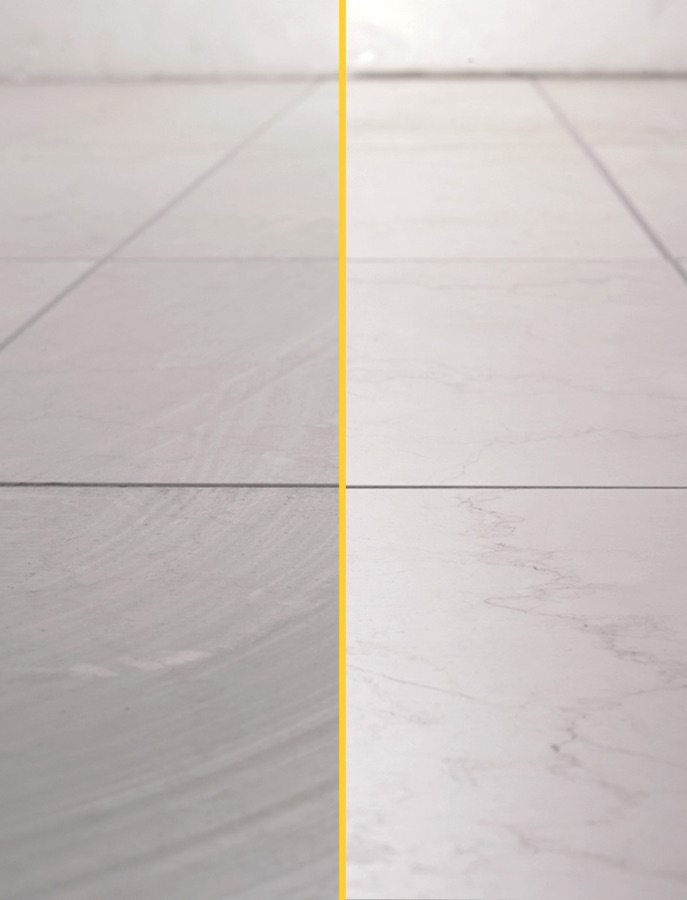

From granites to limestone, from marbles to slate, Mother Nature has truly created some of the most beautiful surfacing material on our planet. We’ve pulled it from the earth and brought it to life through exquisite tiles and slabs, which adorn our floors and walls across the globe. Keeping stone material in its most beautiful state takes just a few simple steps to understand what you are working with, and then learning the proper protocols to bring them back to that beautiful condition. Taking simple steps to read the recommendations, using the right products and not skipping any steps in doing so can ultimately mean that customers are happy, there will be more money in your pocket, and chances to be called back on a regular basis are optimized.


Jeff Moen
Jeff Moen is the General Manager of FILA USA






